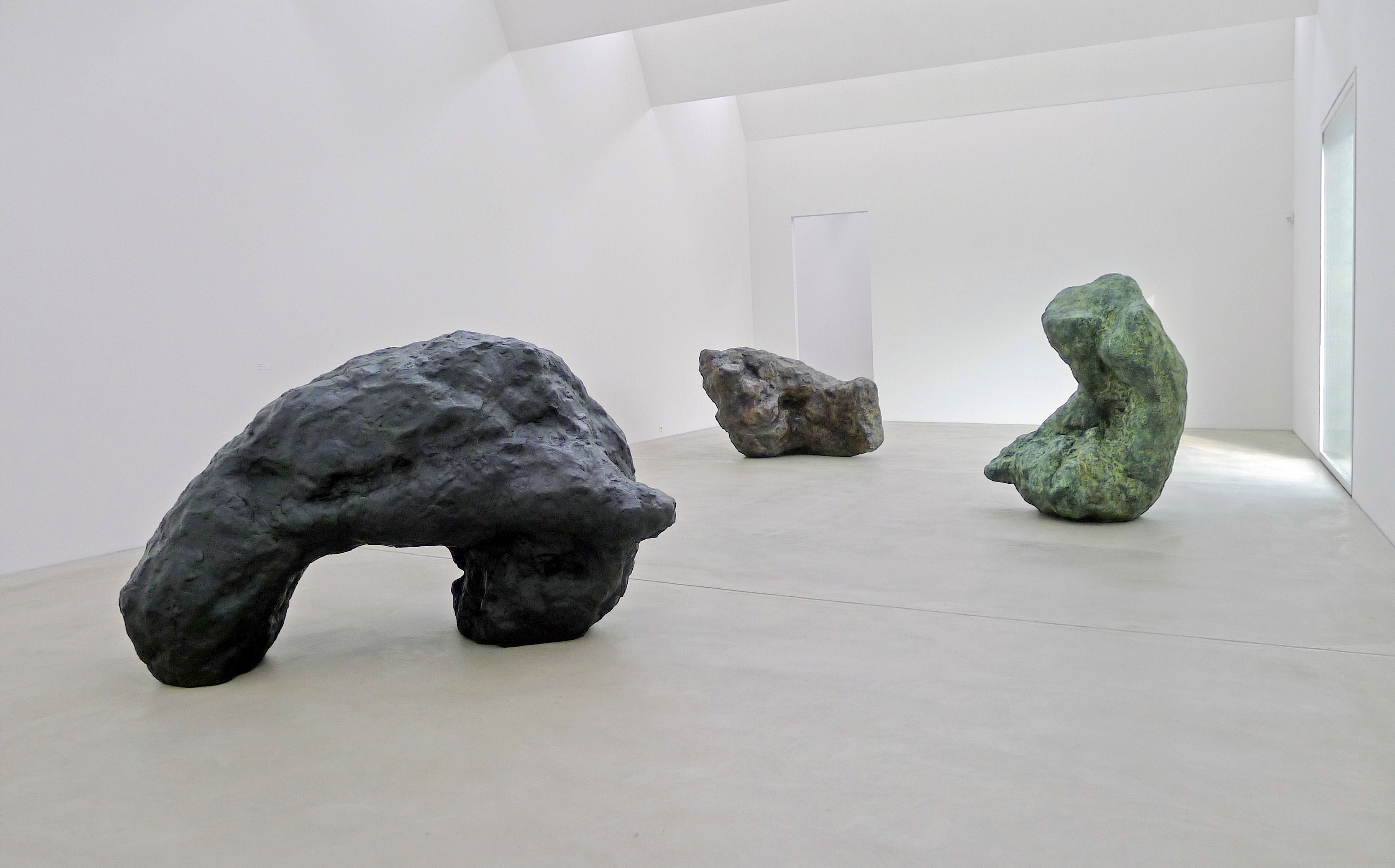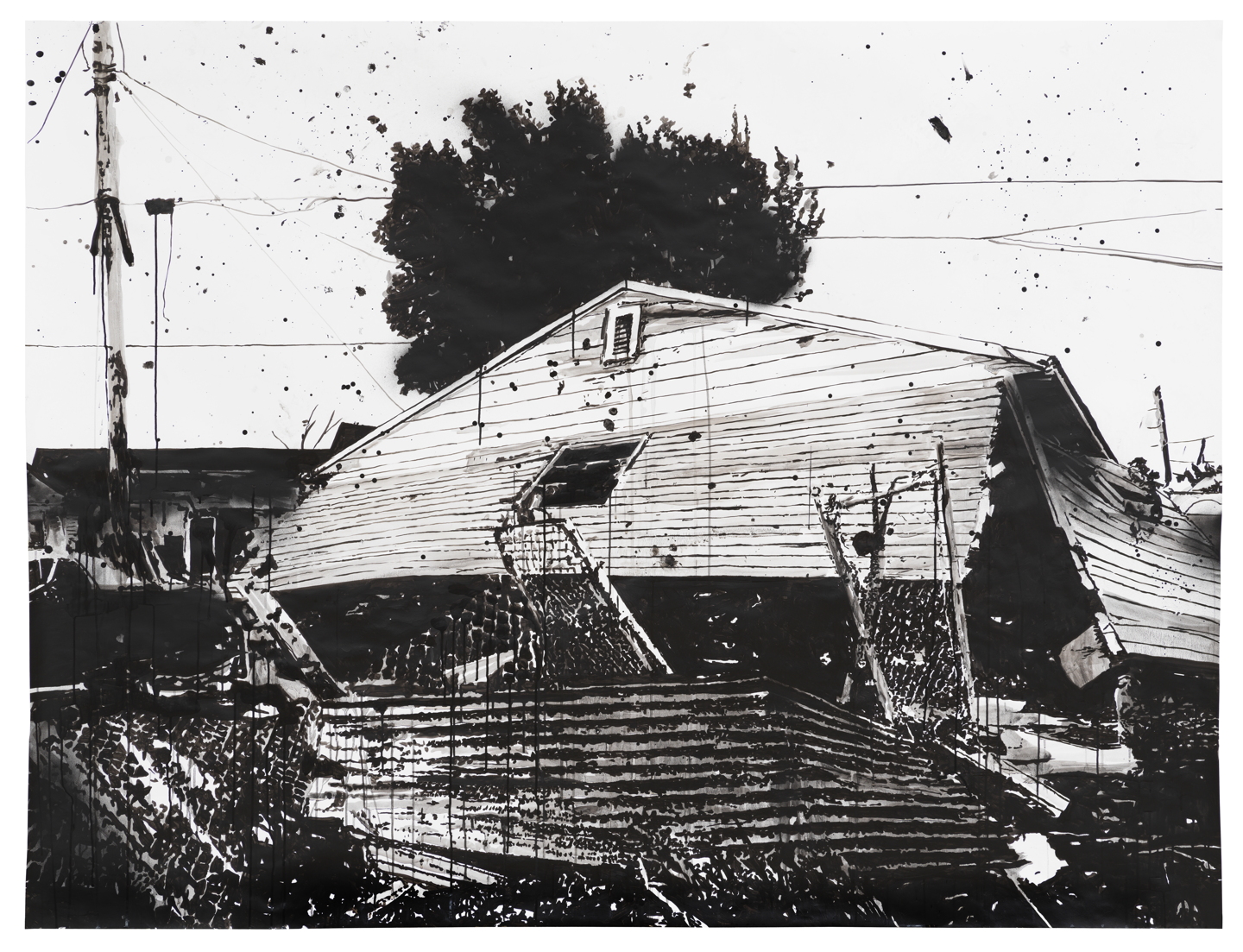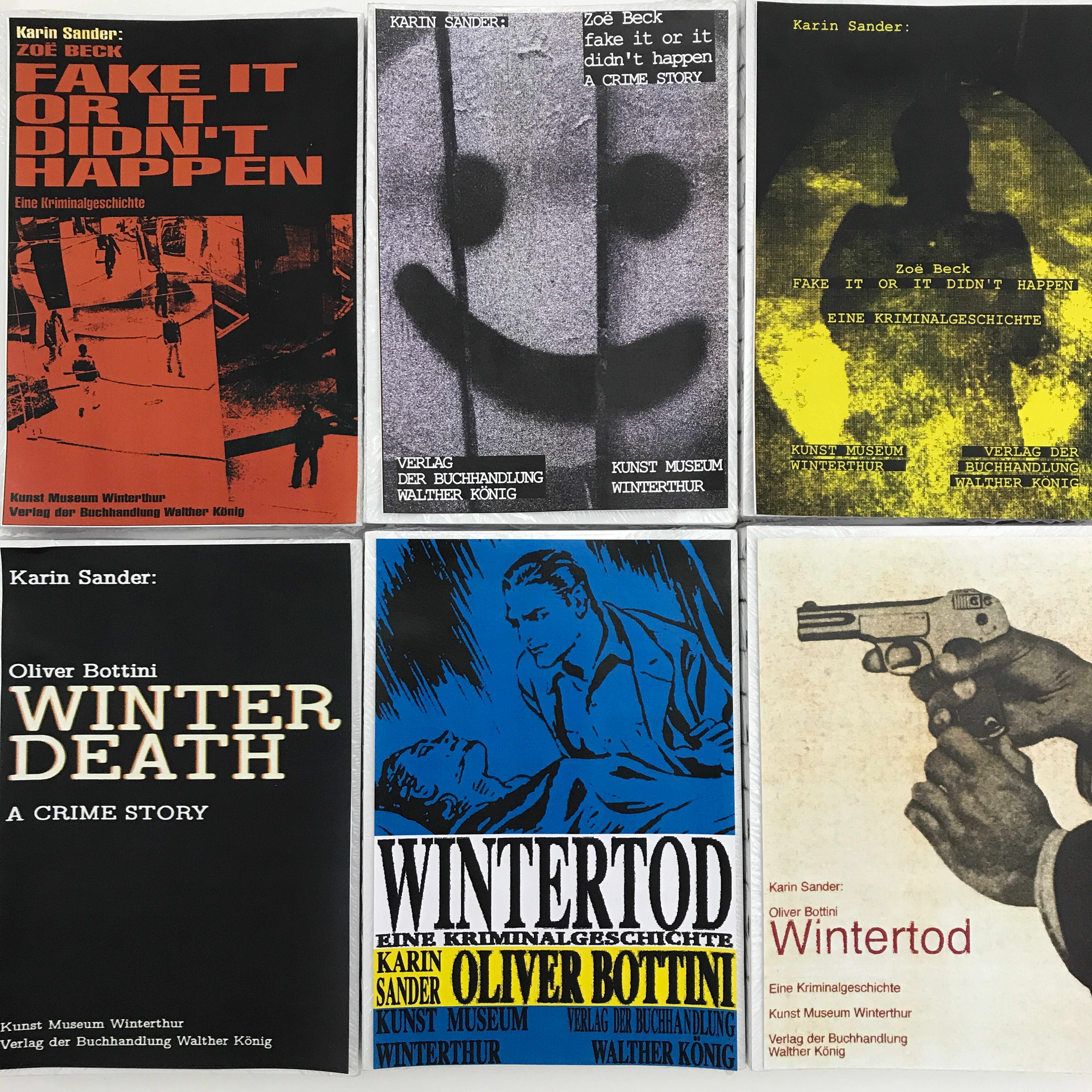January 30–May 22, 2016
Museumstrasse 52
8400 Winterthur
Switzerland
Hours: Tuesday–Sunday 10am–5pm
T +41 52 267 51 62
William Tucker, born in Egypt in 1935 as the son of an English officer, is one of the leading representatives of English sculpture after Henry Moore. Tucker’s career took an unusual course: in the 1960s he successfully established himself in England as a sculptor with his abstract constructive work, and with The Language of Sculpture he also wrote an influential book on the the sculpture of the 20th century. At the end of the 1970s, Tucker moved to the United States and established a new studio—first in Brooklyn, then in a remote place of upstate New York. This new beginning had him return to the basics of sculpture and he began to model figurative forms. These are works that start with fist-sized lumps of clay and can reach monumental dimensions. They retain the delicate moment of transition from the sluggish, amorphous mass from which they were created to a clearly legible figure. Their archaic power evokes milestones of sculpture from antiquity to Degas and Rodin and up to Alberto Giacometti. This impressive late work, which is as yet to be discovered in Europe, constitutes an authentic counterpart to Arp’s modelled sculptures shown in parallel.
“It took me many years to accept Rodin," Tucker wrote, “and I still have an uneasiness about his sculpture that I never experienced with that of Degas: but I now see this as a strength, the acceptance of the awkward, the ugly and disfigured, as the consequence of modelling, which at its purest is the direct transmission of energy from the human body into matter, without mediation of tools, without censorship of eye or brain.”
The exhibition shows a selection of the bronze sculptures of the last three decades.
Catalogue: William Tucker, texts by Julia Kelly, Dieter Schwarz, and William Tucker and pictures of the exhibited works
The exhibition is sponsored by Credit Suisse—partner of Kunstmuseum Winterthur.


